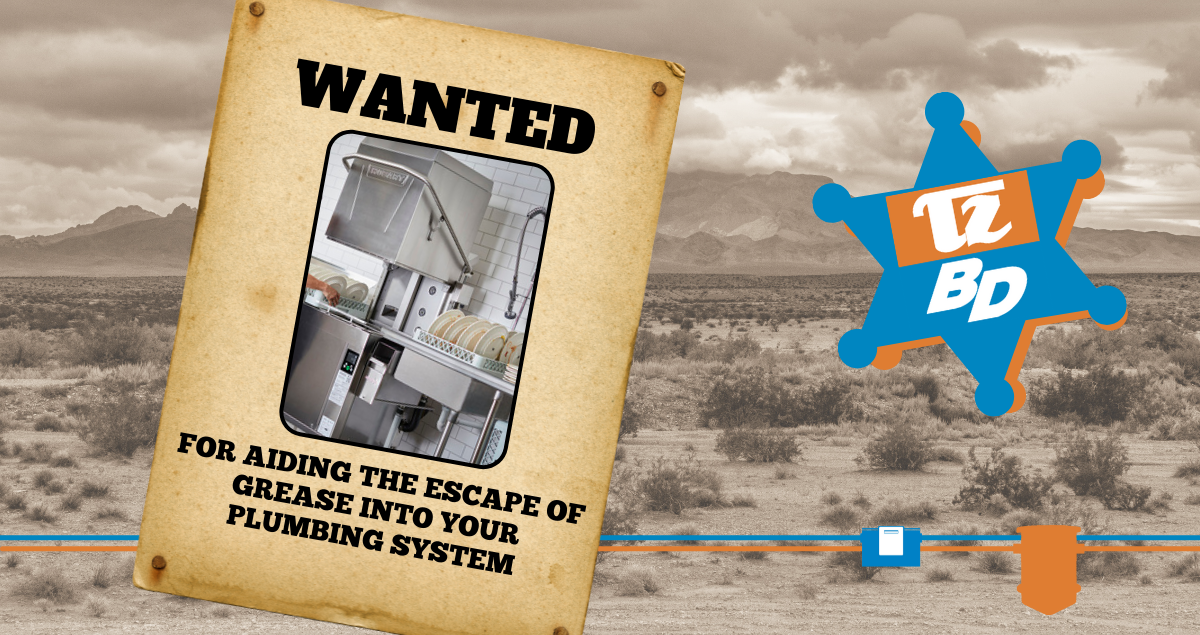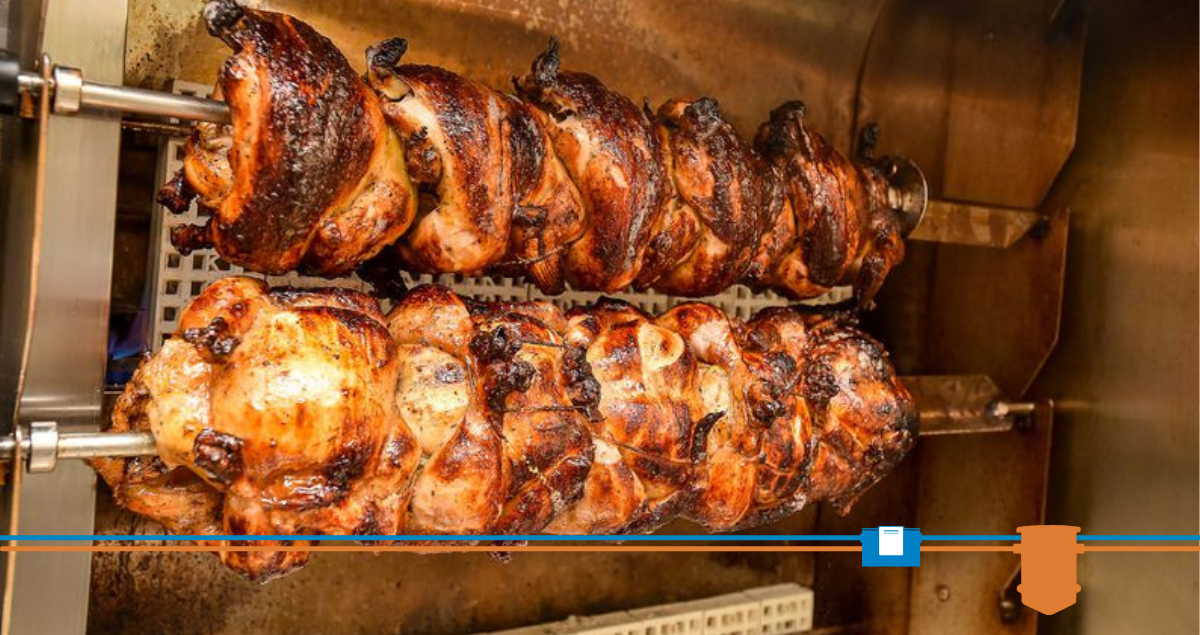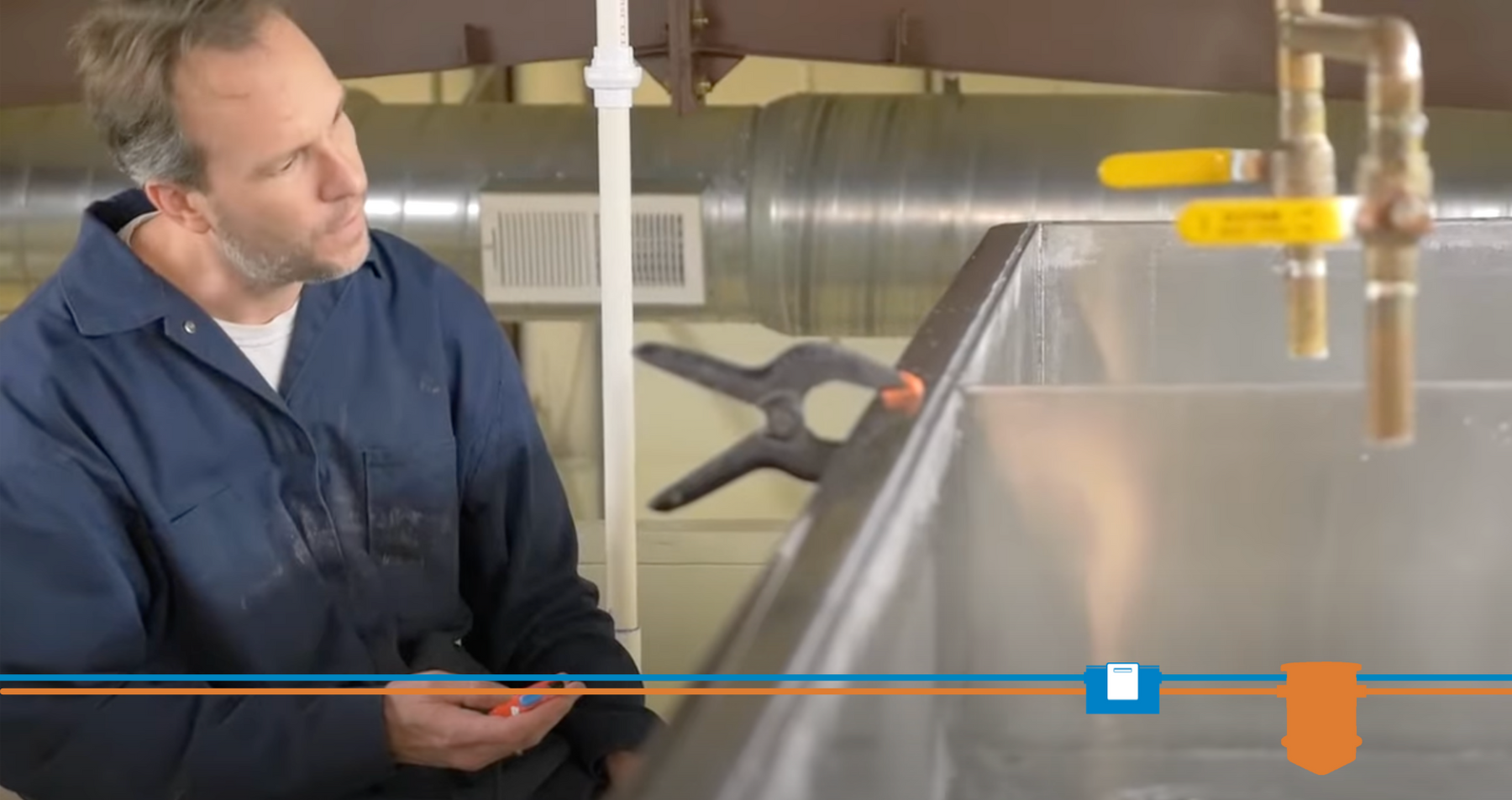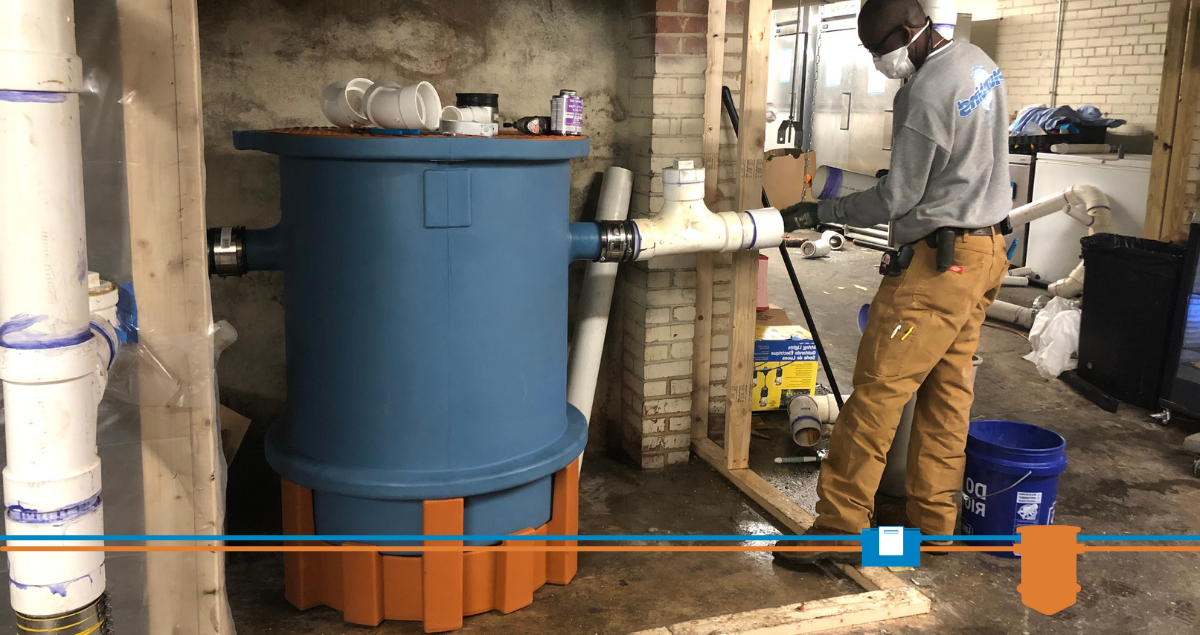Why steel grease traps fail
- Sep 27, 2016
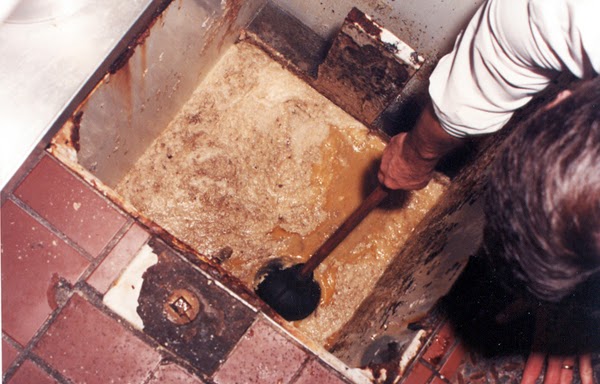 Grease interceptors have different weaknesses and points of failure depending on what they’re made of. Those materials affect how durable a particular grease trap is, and often affect how it’s designed. Design choices, in turn, also affect the reliability and durability of a grease trap.
Grease interceptors have different weaknesses and points of failure depending on what they’re made of. Those materials affect how durable a particular grease trap is, and often affect how it’s designed. Design choices, in turn, also affect the reliability and durability of a grease trap.
If concrete and fiberglass have problems, it seems as though it might make sense to use something stronger to construct the grease interceptor. Something like steel. But steel grease traps come with their own problems, and often have very short lifespans compared to other options.

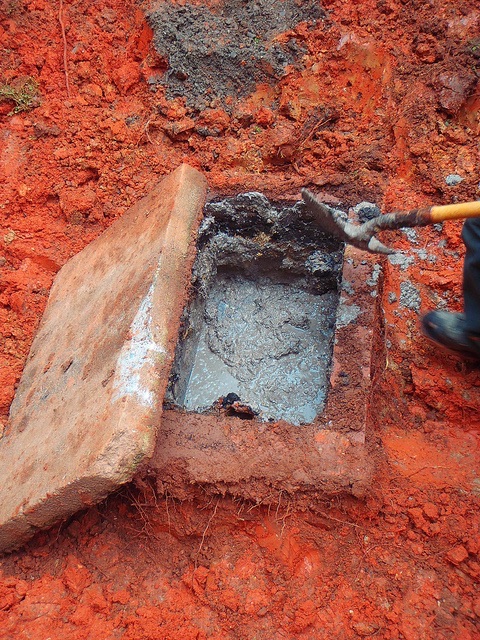 Grease traps – at least most grease traps – don’t last forever. Understanding why some fail might help keep your current interceptor running efficiently. If you’re in the market for a new grease interceptor, understanding why they fail might help you make a smarter choice.
Grease traps – at least most grease traps – don’t last forever. Understanding why some fail might help keep your current interceptor running efficiently. If you’re in the market for a new grease interceptor, understanding why they fail might help you make a smarter choice.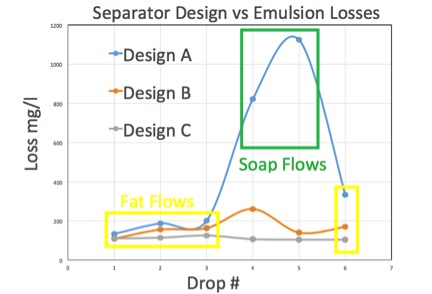 If you read our post on
If you read our post on 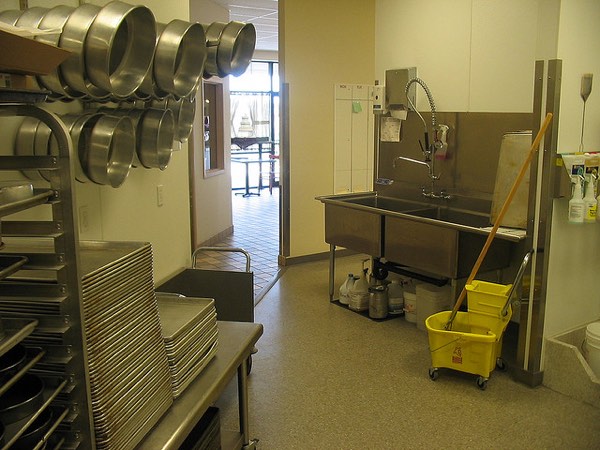
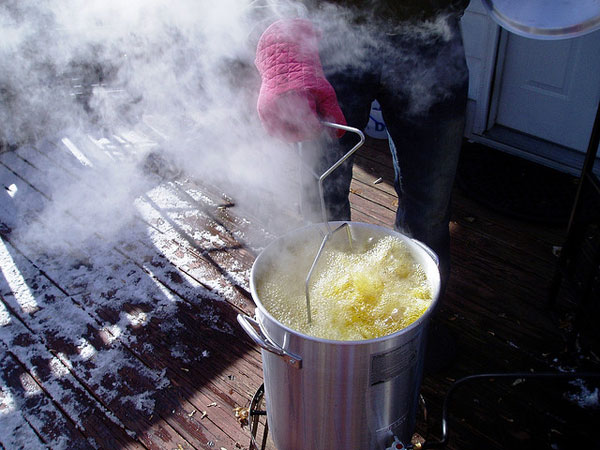 It happens every year during the holidays: Home cooks rev up their ovens and deep fryers and in go millions of turkeys in preparation for Thanksgiving day feasts.
It happens every year during the holidays: Home cooks rev up their ovens and deep fryers and in go millions of turkeys in preparation for Thanksgiving day feasts.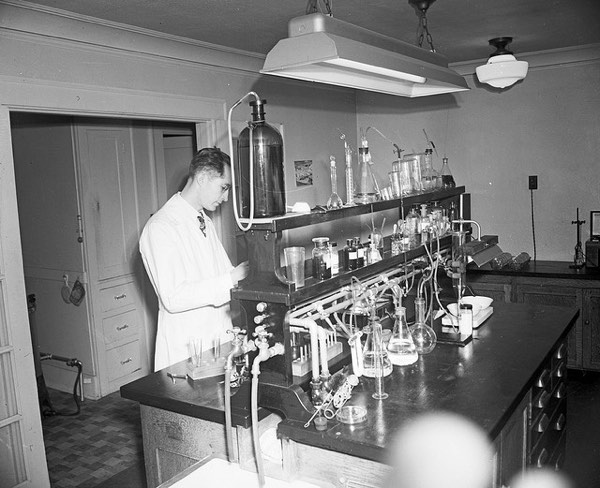 Many local sewer ordinances require that food service establishments make their grease interceptors available for periodic inspection to ensure they’re working correctly, keeping fats, oil and grease (FOG) out of the wastewater system.
Many local sewer ordinances require that food service establishments make their grease interceptors available for periodic inspection to ensure they’re working correctly, keeping fats, oil and grease (FOG) out of the wastewater system.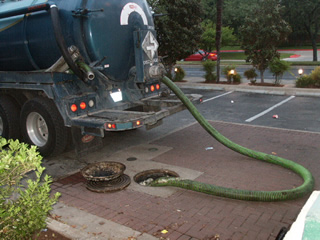 Across the country and around the world criminals are targeting a new kind of “liquid gold” — used cooking oil.
Across the country and around the world criminals are targeting a new kind of “liquid gold” — used cooking oil.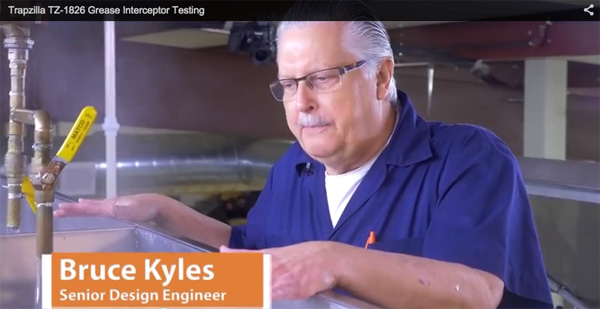 The American Society of Mechanical Engineers (ASME) developed standards in the 1990s to govern passive hydromechanical grease interceptors. The standard was developed in collaboration with the Plumbing & Drainage Institute, and is referenced by the Uniform Plumbing Code, the International Plumbing Code and the National Standard Plumbing Code.
The American Society of Mechanical Engineers (ASME) developed standards in the 1990s to govern passive hydromechanical grease interceptors. The standard was developed in collaboration with the Plumbing & Drainage Institute, and is referenced by the Uniform Plumbing Code, the International Plumbing Code and the National Standard Plumbing Code.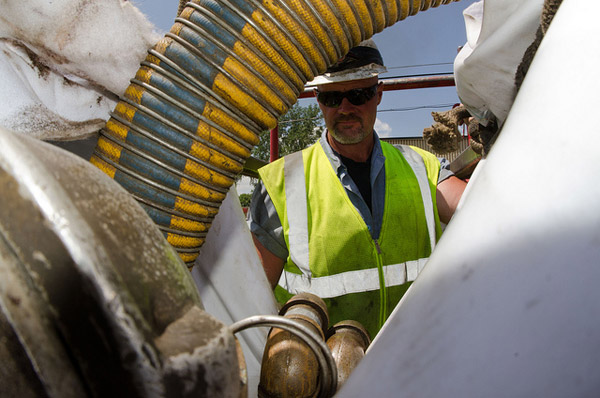 Fats, oils and grease (FOG) in wastewater are one of the biggest challenges facing wastewater systems around the world. Grease, sometimes along with solids, can build up into a solid mass that can narrow or even block wastewater pipes. When that happens, sewers overflow, pipes break, and local authorities are forced to clean up the mess and make repairs.
Fats, oils and grease (FOG) in wastewater are one of the biggest challenges facing wastewater systems around the world. Grease, sometimes along with solids, can build up into a solid mass that can narrow or even block wastewater pipes. When that happens, sewers overflow, pipes break, and local authorities are forced to clean up the mess and make repairs.
